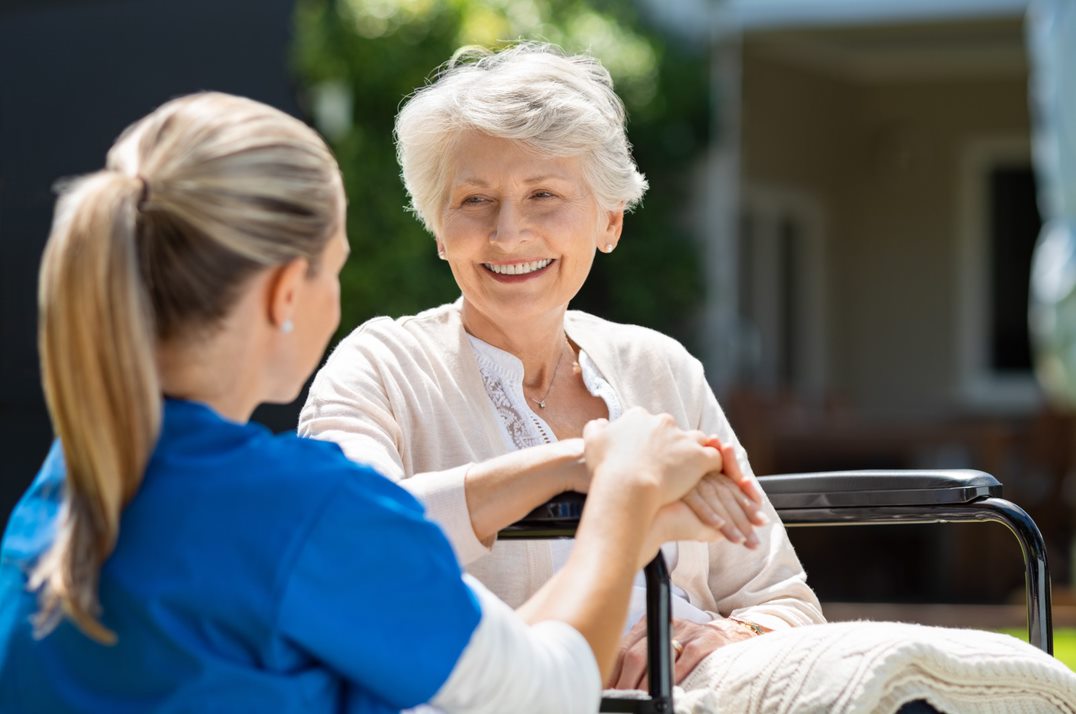The Buzz on Dementia Fall Risk
Dementia Fall Risk Fundamentals Explained
Table of ContentsMore About Dementia Fall RiskThe Ultimate Guide To Dementia Fall RiskDementia Fall Risk for BeginnersMore About Dementia Fall Risk
A loss danger evaluation checks to see how most likely it is that you will fall. The analysis typically includes: This consists of a series of inquiries regarding your general health and if you have actually had previous falls or troubles with balance, standing, and/or strolling.Interventions are suggestions that might reduce your danger of dropping. STEADI consists of 3 steps: you for your danger of dropping for your threat factors that can be enhanced to attempt to protect against falls (for example, balance troubles, damaged vision) to reduce your risk of falling by making use of reliable techniques (for example, supplying education and learning and resources), you may be asked numerous questions including: Have you fallen in the past year? Are you fretted regarding dropping?
If it takes you 12 secs or more, it may mean you are at higher risk for a fall. This examination checks toughness and equilibrium.
The placements will obtain harder as you go. Stand with your feet side-by-side. Relocate one foot midway ahead, so the instep is touching the big toe of your other foot. Relocate one foot completely in front of the other, so the toes are touching the heel of your other foot.
Dementia Fall Risk Can Be Fun For Everyone
A lot of drops happen as an outcome of multiple adding variables; as a result, managing the danger of dropping starts with identifying the variables that add to fall threat - Dementia Fall Risk. Some of the most pertinent threat elements consist of: History of previous fallsChronic clinical conditionsAcute illnessImpaired gait and balance, lower extremity weaknessCognitive impairmentChanges in visionCertain risky drugs and polypharmacyEnvironmental elements can likewise raise the risk for falls, consisting of: Poor lightingUneven or harmed flooringWet or slippery floorsMissing or damaged handrails and get hold of barsDamaged or poorly fitted equipment, such as beds, wheelchairs, or walkersImproper usage of assistive devicesInadequate supervision of the people residing in the NF, consisting of those that show hostile behaviorsA successful fall risk administration program needs a comprehensive scientific analysis, with input from all participants of the interdisciplinary group

The treatment strategy ought to likewise consist of treatments that are system-based, such as those that advertise a risk-free atmosphere (ideal lights, hand rails, order bars, and so on). The performance of the treatments need to be reviewed occasionally, and the treatment strategy modified as required to reflect changes in the fall threat analysis. Implementing a fall threat monitoring system More Help making use of evidence-based finest method can decrease the prevalence of drops in the NF, while restricting the capacity for fall-related injuries.
The Greatest Guide To Dementia Fall Risk
The AGS/BGS standard recommends evaluating all grownups aged 65 years and older for loss risk each year. This screening is composed of asking individuals whether they have actually fallen 2 or more times in the past year or sought clinical attention for a loss, or, if they have not dropped, whether they really feel unsteady when strolling.
People who have actually fallen when without injury should have their equilibrium and stride assessed; those with stride or balance irregularities should get added assessment. A background of 1 loss without injury and without gait or balance troubles does not warrant more assessment beyond ongoing see it here yearly fall danger testing. Dementia Fall Risk. A fall danger evaluation is called for as part of the Welcome to Medicare assessment

The smart Trick of Dementia Fall Risk That Nobody is Talking About
Recording a drops background is one of the high quality indications for autumn avoidance and administration. Psychoactive medicines in specific are independent predictors of drops.
Postural hypotension can often be reduced by reducing the dose of blood pressurelowering medicines and/or stopping medicines that have orthostatic hypotension as a negative effects. Use above-the-knee support tube and copulating the head of the bed elevated might also minimize postural reductions in blood stress. The advisable aspects of a fall-focused health examination are revealed in Box 1.

A pull time above or equal to 12 seconds recommends high loss risk. The 30-Second Chair Stand test analyzes lower extremity stamina and equilibrium. Being unable to stand up from a chair of knee height without making use of one's arms indicates enhanced loss threat. The 4-Stage Balance examination assesses static balance by having the person stand in 4 settings, each considerably more tough.